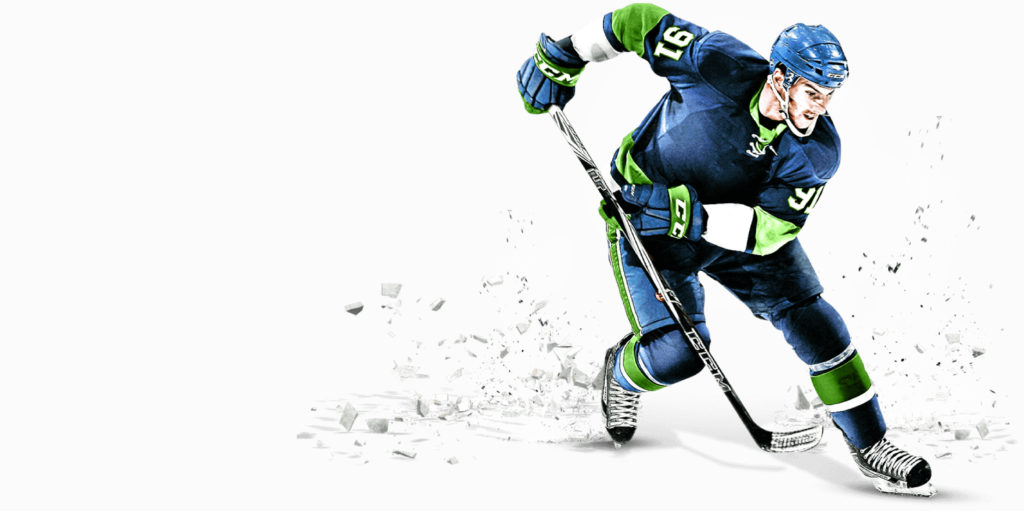KGB Vol 4: Recovery… MASTER THE BASICS

“Recover to win” they tell you. Much like nutrition, the world of sport recovery is difficult to navigate. There are endless gadgets, sketchy information sources and recovery gurus always at your disposal. Like most problems, the solutions are likely somewhere in the middle of all this chaos.
The 10,000 ft view: Recovery = REPEATABLE HIGH PERFORMANCE
The base of the recovery pyramid is made of four things: nutrition, sleep, joint and soft-tissue health and stress management
The top of the pyramid is performance. Any decision you make should support the end goal of repeatability when it comes to this approach.
I spend 80% of my workday in a one-on-one setting with my clients. In this setting focusing on what works best is much easier than impacting a group of individuals on a larger scale. I often find that the same approach will not work for everyone, and what once worked well may not always work for the individual. Taking this strategy to the team setting, we have found success in empowering the individual to chase down success on their own by facilitating a learning environment as well as providing some guidelines that can drive decision-making.
Knowledge is power. There is a lot of wisdom to be acquired on this topic, but the result is always the same. Readiness can be measured in a number of cool ways or simply evaluated with a few questions. Depending on how you manage readiness or how you educate your athletes to manage it, we want to touch on all aspects of recovery success when it comes to knowledge acquisition.
I have personally tried a number of approaches from formal presentations to information booklets with an open-door policy to discuss. All have had value and can match your budget and culture. Here is some general info that can be passed from coach to athlete or provided to groups to stimulate thought and, more importantly, action.
How do we facilitate recovery?
Learn how your body responds best by being intentional with just one or two of your recovery tools. If the strategies you employ seem to help, keep them in your daily routine and use them for your next competition. It is not ideal to try to focus on recovery the night before a game or, worse, the night of a game and hope it will work to get you ready for the next game. These concepts need to be tested in practice.
Where do we start?

The two biggest rocks to drop in your recovery bucket are nutrition and sleep. These two strategies will clean up several performance issues in other aspects of recovery. For most athletes, the main problem with nutrition is that they are not consistent enough during the days leading up to competition. The standard athlete plan is to “carb up” the night before a game and make up for days of energy deficit in one meal. Needless to say, this is not a good strategy; it is much better to focus on how to consistently eat before and after practice so that you can understand what fuel helps your body perform best. Timing your meals before practices will help you understand how to eat on game day. Nutrition for hockey players is unique to the sport as well as the individual. More on that here.
Sleep is huge and naps are not to be understated. Most people do well with 7+ hours of sleep per night. Many will do better closer to 10 and some will thrive right at the 7-8 mark. If you are not monitoring your sleep, then you will not be managing it well. For starters, find a nighttime routine that works. With variable competition schedules, establishing a standard sleep time can be difficult, but a consistent sleep routine can be achieved. Some common features of successful routines include a hot bath or shower, reducing screen time and using nighttime settings on screen brightness, journaling to clear your mind of any thoughts or lists that you are building in your head and experimenting with room temperatures or ambient noises that might help you sleep better.
Again, pay attention to the quality of your sleep as well as the duration. Find ways to sleep well on a regular basis and don’t wait until game night to focus on sleep hygiene. Naps can be a big help but also need to be structured to maximize your napping efforts. I would suggest starting with either a 20-minute or a 90-minute nap. The short nap is just to give you a quick mental reset (give yourself 10-15 minutes to fall asleep). The longer nap is to actually physically reset your body. Napping with the intent that your body will wake you up when it is rested is not to be trusted.
Maintaining soft-tissue and joint health is something that will always be a very individualized effort, but is a good habit to get into. Taking care of your joints and muscles is an essential part of an athlete’s daily routine and may need to be modified based on the intensity of exercise. Enter the movement gurus! I 100% subscribe to movement quality, but I also know that I need joints and soft tissues to perform in the ranges of motion required to succeed in a particular sport. If I cannot get into those positions, I need to find solutions. If you are looking for solutions, you will have no issue finding options; there is a soft-tissue device for everything.
Focusing on hockey specifically, the top four joints to manage are ankles, hips, thoracic spine/ribs and the shoulders. Each day you should check in on how these joints move and if they are capable of performing. We try to teach a simple movement screen to our athletes that is part of the warm-up and can drive their soft-tissue decision making. Muscles that commonly need to be attended to with recovery tactics can be pretty much anything in the lower leg with special attention to the bottom of the foot and front of the shin. In the hip, we need a 360-degree approach and spend as much time in the groin as we do in the lower glute. The short rotators of the hip are very powerful drivers of joint position and are often overlooked for tightness in the groin. Key muscles that will impact spinal mobility are the hip flexors, mainly the psoas and rectus femoris. These muscles require the balance of the entire abdominal wall and have a tendency to get over-activated. The pectorals and biceps will have a similar impact on the shoulder and also require the balance of the abdominal wall as well as the scapular stability structures, mainly the serratus anterior and shoulder external rotators.
Detecting tight muscles or joints is the easy part; where to go next is actually the challenge. Once you try something, you will need to go back and look at how the joint moves to see if you had a positive impact. Pain reduction does not always mean improved function. Common approaches to muscle and joint tightness include foam rolling, tissue compression devices like Normatech and vibration tools like the hypervolt. There are times when a more hands-on approach is required and seeking the help of a trained professional may be helpful. I personally believe if you can find someone with DNS training there is a good chance you will be in capable hands.
Finally, stress management can mean many things. Simple acts like walking outside or more intentional acts like meditation or visualization all have value and may need to be explored systematically. What works for one person will not work for all, but the root of managing stress is regulating the factors that you can actually control and not getting bogged down in things that you cannot directly impact. Positive self-talk is one area most athletes could use some help with. Last month we discussed a powerful way to approach this concept and it takes practice just like any other skill. A common technique is pursuing a “growth mindset.”
Learning the skills of recovery is not much different from any other skill acquisition quest. Pay close attention and be intentional with your efforts. Try to stick with any big changes for at least two weeks before you would try something new… and be patient. Sometimes the better exercise is learning what things prevent recovery (alcohol, relationship stress, gaming, etc.) and learn to avoid activities that are not helpful.
